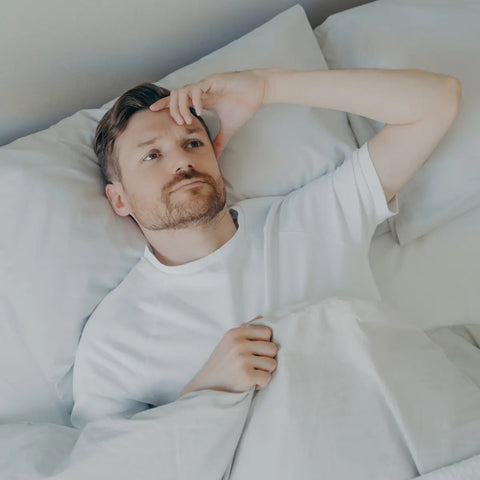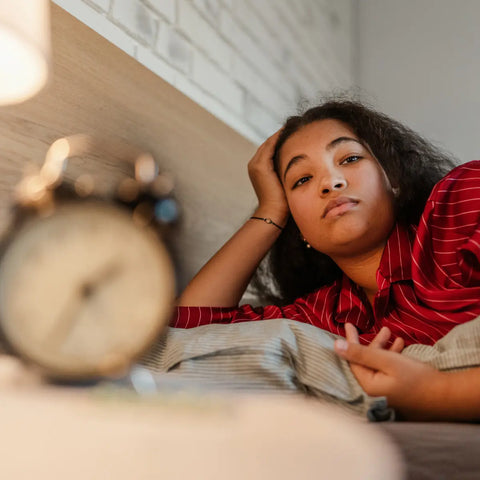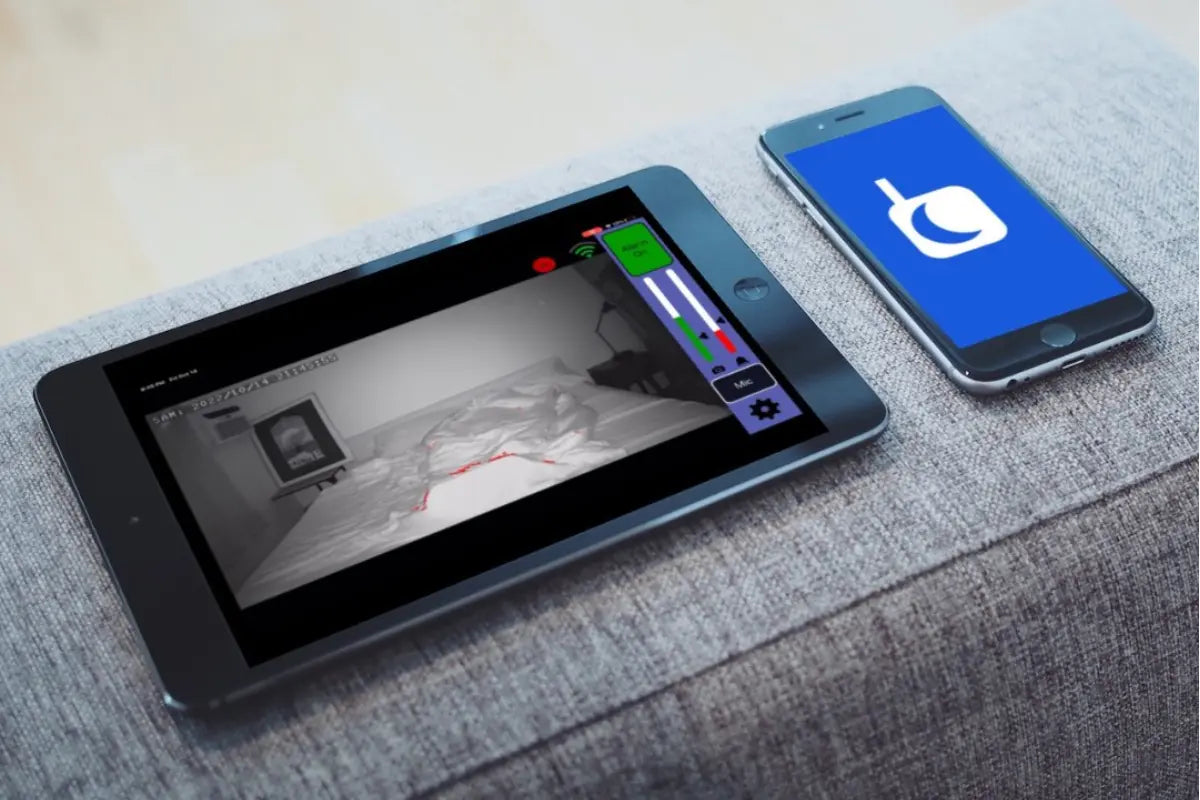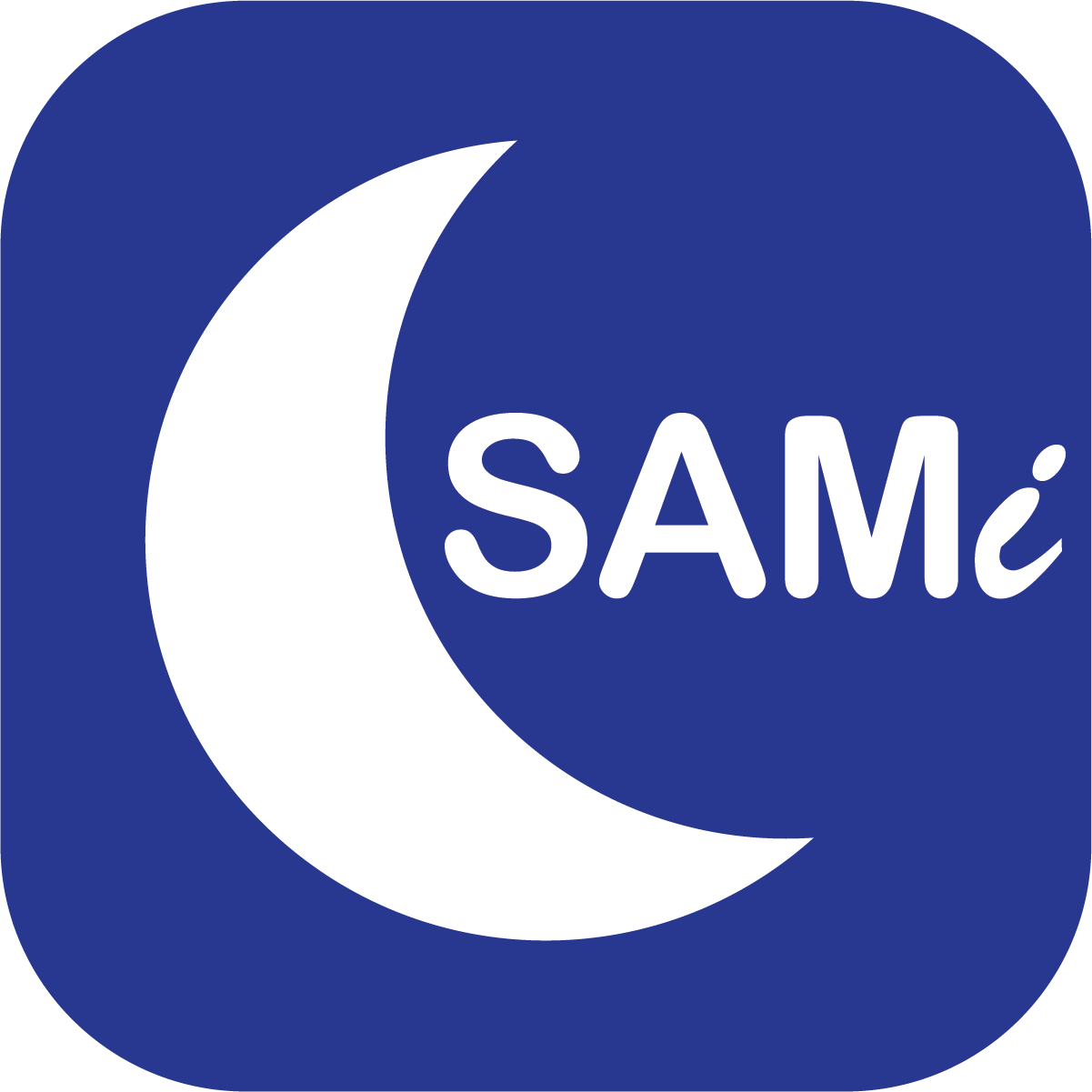Chronic insomnia is a sleep disorder affecting millions worldwide, characterized by difficulty falling asleep, staying asleep, or both, leading to significant distress or impairment in daytime functioning. For many, this condition is not just about having a bad night's sleep but a persistent struggle that impacts their quality of life. Traditional treatments have often focused on medication, which can be effective but may also come with side effects or potential dependency issues. Consequently, there's a growing interest in finding effective, sustainable treatments that address the root causes of insomnia without relying heavily on pharmaceutical solutions.
Cognitive Behavioral Therapy for Sleep
Principles and Practices
Cognitive Behavioral Therapy for Insomnia (CBT-I) is a structured program that helps individuals identify and replace thoughts and behaviors that cause or worsen sleep problems with habits that promote sound sleep. Unlike medication, which temporarily alleviates symptoms, CBT-I aims to address the underlying causes of insomnia. The therapy involves several components, including stimulus control (which helps patients associate the bed with sleep and establish a consistent sleep-wake schedule), sleep restriction (which reduces the time spent in bed to increase sleep efficiency), and cognitive restructuring (which challenges and changes the beliefs that affect sleep).
CBT Techniques with Sleep Hygiene
An integral part of CBT-I is educating individuals about good sleep hygiene practices. This includes maintaining a regular sleep schedule, creating a bedtime routine that signals to the body it's time to wind down, and ensuring the sleep environment is conducive to rest. By combining CBT techniques with proper sleep hygiene, individuals can create a powerful toolkit for combating insomnia. This holistic approach not only addresses the cognitive and behavioral aspects of sleep disturbance but also the environmental and lifestyle factors contributing to sleep difficulties.
Technology's Role in Supporting CBT for Insomnia
Devices such as sleep monitors and applications that track sleep patterns offer valuable feedback to both patients and therapists. This data can be used to tailor interventions more precisely and to give individuals a tangible sense of their improvement over time. Furthermore, online platforms and mobile apps have made CBT-I more accessible, allowing individuals to engage with therapy from the comfort of their own homes.
Sleep Hygiene Practices
Fundamentals of Effective Sleep Hygiene
Sleep hygiene refers to the collection of habits and practices that are conducive to sleeping well regularly. Fundamental aspects include maintaining a consistent sleep schedule, ensuring a comfortable sleep environment, and avoiding stimulants such as caffeine and electronics before bedtime. By adhering to these guidelines, individuals can create conditions that naturally encourage the onset and maintenance of sleep.
Tailoring Sleep Environments
The bedroom environment plays a critical role in facilitating uninterrupted sleep. This includes factors like the level of noise, light, and room temperature. Optimizing these can greatly enhance sleep quality. For instance, using blackout curtains to minimize light exposure and setting the thermostat to a cooler temperature can help signal to the body that it's time to sleep. Additionally, investing in a comfortable mattress and pillows can make a significant difference in achieving restful sleep.
The Impact of Diet and Exercise on Sleep Hygiene
By making targeted changes to what we eat and how we move, we can significantly influence our sleep patterns, mood, and energy levels. This strategy involves understanding the impact of various foods and physical activities on sleep and integrating these insights into daily routines. Below are steps to incorporate diet and exercise effectively into your sleep hygiene routine:
-
Choose Sleep-Promoting Foods: Incorporating foods into your diet that contain nutrients known to promote sleep can have a profound impact on your sleep quality. Foods rich in magnesium, such as almonds and spinach, can help relax muscles and calm the nervous system, preparing your body for rest. Similarly, foods containing melatonin, like cherries and walnuts, can naturally support your body's sleep-wake cycle. Eating a light snack that includes these nutrients before bedtime can aid in falling asleep more easily and enjoying a more restful night's sleep. It's important, however, to avoid heavy or large meals late at night, as they can cause discomfort and disrupt sleep.
-
Establish a Regular Exercise Routine: Regular physical activity is another cornerstone of good sleep hygiene. Engaging in at least 30 minutes of moderate aerobic exercise most days of the week can improve the quality and duration of your sleep. Exercise helps regulate the body's stress hormones, promotes physical fatigue, and increases the amount of deep sleep you get. However, timing is crucial; exercising too close to bedtime can be stimulating, making it harder to fall asleep. Aim to complete your workouts at least a few hours before going to bed to ensure your body has ample time to wind down.
-
Stay Hydrated: Proper hydration plays a critical role in sleep quality as well as overall health. Drinking sufficient water throughout the day can prevent dehydration-related sleep disturbances, such as leg cramps and snoring. However, balancing your fluid intake is key; it's advisable to reduce your water consumption in the hours leading up to bedtime to minimize the likelihood of nocturnal awakenings to use the bathroom. Finding the right balance ensures you stay hydrated without interrupting your sleep cycle.
These changes, though seemingly simple, can lead to noticeable improvements in how well you sleep and, by extension, how you feel during your waking hours. As diet and exercise are within our control, this approach empowers individuals to take actionable steps toward better sleep and overall health.
Insomnia Relaxation Techniques and Meditation
Meditation Practices
Specifically tailored meditation practices for insomnia focus on mindfulness and guided imagery to reduce racing thoughts and ease the transition into sleep. These practices encourage a focus on the present moment, using visualization techniques to foster a state of relaxation conducive to sleep. Engaging in meditation before bedtime can significantly improve sleep onset time and quality by lowering stress levels and promoting a state of inner peace.
Relaxation Techniques
Incorporating relaxation techniques into your daily routine can significantly improve your sleep quality and reduce stress levels. These practices, ranging from deep breathing to progressive muscle relaxation, are designed to prepare your body and mind for rest, promoting a deeper and more restful sleep. Here's how to integrate these techniques effectively into your nightly routine:
-
Begin with a Comfortable Position: Finding a quiet, comfortable place is crucial for relaxation practices. Choose a spot where you won't be disturbed, ensuring it's peaceful enough for you to focus inwardly. This could be your bedroom, a cozy corner of your living space, or any area that feels serene to you. The goal is to minimize external distractions to better concentrate on your breathing and muscle relaxation exercises. Being comfortable and undisturbed sets the stage for effective relaxation and is the first step towards unwinding and preparing for sleep.
-
Deep Breathing: Deep breathing is a powerful tool for calming the mind and body. Begin by closing your eyes to help focus your attention inward. Inhale slowly through your nose, allowing your chest and lower belly to rise as you fill your lungs with air. Then, exhale slowly through your mouth. Concentrate on the sensation of air moving in and out of your body, and let any distracting thoughts drift away. By telling your body when it's time to unwind and wind down, this technique helps lower blood pressure, reduce tension and anxiety, and get your body ready for sleep.
-
Progressive Muscle Relaxation: Progressive muscle relaxation involves systematically tensing and then relaxing different muscle groups throughout your body. Start with your toes and gradually work your way up to your head. Tense each muscle group firmly but not to the point of strain for about five seconds, then relax it for 30 seconds, paying close attention to the sensation of release. This technique helps alleviate physical tension and can significantly improve sleep quality by preparing your body for rest.
-
Consistency is Key: To maximize the benefits of these relaxation techniques, practice them daily, ideally before bedtime. Consistency helps reinforce these practices as part of your nightly routine, making it easier for your body and mind to enter a state of relaxation when it's time to sleep. Regular practice can also enhance your overall ability to manage stress, benefiting your mental and physical health beyond just improving sleep.
These steps serve not only to enhance sleep quality but also to improve overall well-being by reducing stress and anxiety. As you become more adept at these practices, you may find they not only help you fall asleep more easily but also contribute to more restful and restorative sleep, enriching your quality of life.
Measuring the Impact Through Sleep Technology
Sleep movement monitors and sleep movement cameras can track changes in sleep patterns, offering objective data on the improvements in sleep onset and duration. By comparing sleep data before and after incorporating relaxation techniques into the bedtime routine, individuals can assess their impact and make informed adjustments to optimize their sleep.
Stress Reduction Strategies for Sleep Enhancement
Identifying Stressors for Better Sleep
A key strategy in enhancing sleep quality involves identifying personal stressors and developing effective methods to manage or mitigate their impact. This could mean setting boundaries around work, adopting time management techniques, or engaging in activities that promote relaxation. By tackling stress at its source, individuals can create a more conducive environment for sleep, leading to improved sleep quality and duration.
Tech Tools for Stress Management and Sleep Improvement
In the digital age, technology offers innovative tools to aid in stress management and sleep improvement. Wearable technology can monitor physiological signs of stress, such as heart rate variability, offering real-time feedback and enabling users to take proactive steps toward relaxation. These technological aids complement traditional stress reduction techniques, providing a holistic approach to improving sleep.
Utilizing Technology in Behavioral Therapies for Insomnia
Tracking Progress
As emphasized before, the best sleep movement camera systems provide detailed insights into movements and disturbances throughout the night. This data is invaluable for both individuals and healthcare providers in understanding the specific sleep issues at hand and making informed adjustments to treatment plans. By objectively measuring sleep quality and quantity, technology aids in the precise calibration of behavioral therapies for more effective results.
Future Trends in Sleep Technology
The future of sleep technology and behavioral therapy holds promising advancements, including more personalized and adaptive technologies that can adjust to individual sleep patterns and needs. Innovations such as smart beds that automatically adjust to optimize sleep quality or AI-driven apps that provide personalized sleep coaching are on the horizon. These advancements promise to further enhance the effectiveness of behavioral therapies for insomnia.
Complementing Behavioral Therapies with Natural Sleep Aids
The Role of Natural Sleep Aids
These aids, ranging from herbal supplements like valerian root and melatonin to essential oils such as lavender, work by promoting relaxation and supporting the body's natural sleep-wake cycle. When used in conjunction with behavioral therapies, natural sleep aids can enhance the overall effectiveness of treatment plans, providing a holistic approach to improving sleep quality.
Balancing Technology and Natural Methods
Finding the right balance between technology and natural methods for sleep enhancement is key to a comprehensive treatment approach. While technology offers valuable insights and supports behavioral insomnia therapy, natural sleep aids provide a non-invasive way to promote relaxation and sleep. Together, these approaches create a well-rounded strategy that addresses multiple facets of insomnia, from psychological and behavioral factors to physiological aspects. This balanced approach not only improves sleep in the short term but also promotes long-term sleep health and well-being.
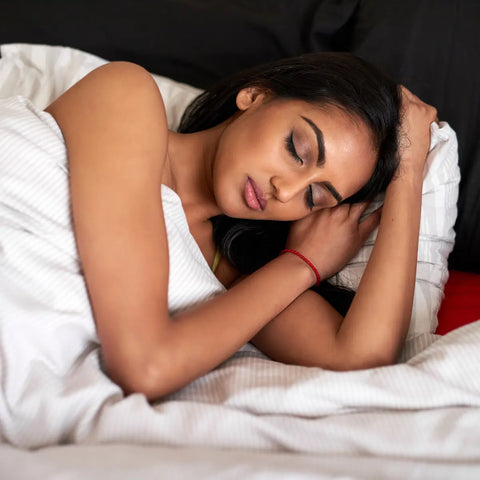
As we look to the future, the role of technology in enhancing sleep therapy is set to grow. Innovations in sleep tech will continue to provide individuals and healthcare providers with more precise, personalized tools to diagnose, monitor, and treat insomnia. By embracing these advancements, alongside traditional behavioral therapies and natural methods, the future of insomnia treatment is promising. It holds the potential for more effective, customized solutions that cater to the unique needs of those struggling with sleep disorders, leading to better sleep and, by extension, a better quality of life.
